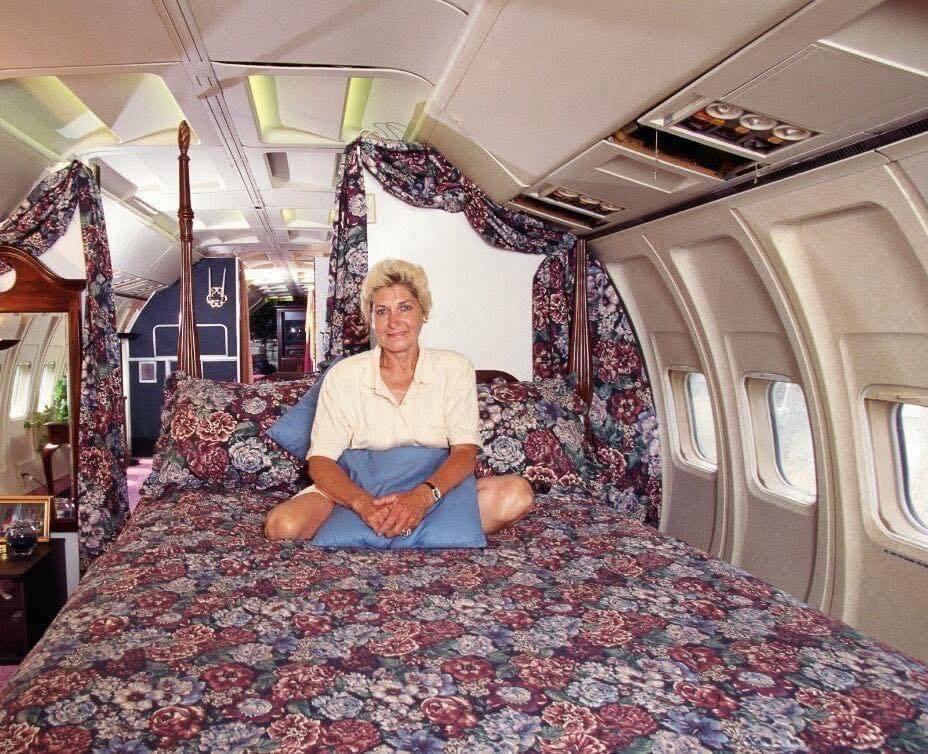
In the heart of California’s Santa Monica Mountains, an extraordinary architectural marvel stands as a testament to human ingenuity and sustainable design. The 747 Wing House, conceived by architect David Randall Hertz, repurposes parts of a decommissioned Boeing 747-100 airplane into a stunning residential structure. This innovative project not only showcases creative reuse of materials but also embodies a commitment to environmental consciousness.
A Vision Takes Flight
The idea to transform an aircraft into a home emerged from Hertz’s desire to create a unique, eco-friendly dwelling that harmonizes with its natural surroundings. The Boeing 747-100, once operated by Trans World Airlines, had been retired and was awaiting dismantling in California’s Mojave Desert. Recognizing the potential of the airplane’s components, Hertz acquired the aircraft for $30,000, a fraction of its original cost.
Engineering the Extraordinary
Transporting the massive airplane parts to the construction site posed significant logistical challenges. The wings, each spanning over 100 feet, were carefully cut and transported via truck and helicopter to the remote hillside location. The main residence incorporates the wings as a curvilinear roof structure, supported by the original engine mounts. This design choice not only provides structural integrity but also reduces the need for conventional building materials.
Sustainable Design Elements
The 747 Wing House exemplifies sustainable architecture through its use of recycled materials and energy-efficient systems. The home’s design minimizes environmental impact by reusing existing concrete foundations and retaining walls from a previous structure that had burned down. High-performance glass walls allow for natural lighting and passive solar heating, while an eight-kilowatt solar array and thermal water heating systems further reduce energy consumption.

Expanding the Vision
Beyond the main residence, Hertz envisions additional structures utilizing other parts of the Boeing 747. Plans include an art studio with a 50-foot section of the fuselage as its roof, a guest house incorporating the upper first-class cabin deck, and a meditation pavilion crafted from the airplane’s nose section. These extensions continue the theme of innovative reuse and sustainable design.
A Symbol of Innovation
The 747 Wing House stands as a symbol of what can be achieved when creativity meets sustainability. By transforming a retired aircraft into a functional and aesthetically pleasing home, Hertz challenges conventional notions of architecture and inspires a reimagining of how we utilize resources. This project not only provides a unique living space but also serves as a blueprint for environmentally conscious design.
In reimagining the potential of a decommissioned airplane, the 747 Wing House exemplifies how innovative thinking can lead to sustainable and extraordinary living spaces, merging the realms of aviation and architecture into a harmonious dwelling.





